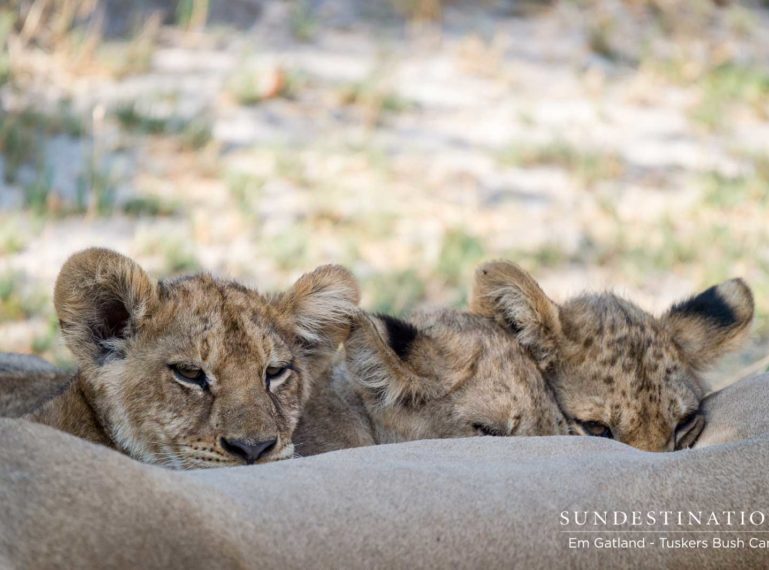
Photographer Em Gatland spotted lion cubs in the Moremi Game Reserve while enjoying the land based transfer from Tuskers Bush Camp through to Xobega Island Camp in the Okavango Delta. More than just a standard road transfer, this route explores the mopane woodlands, acacia forests, floodplains and lagoons of the Moremi. This is basically an extended game drive that adds a different dimension to the standard transfers between camps.
The Moremi Game Reserve, nominated as one of the best reserves in Africa, is a vast expansive of diverse habitats home to a colourfully hypnotic array of birdlife, abundance of plains game, unforgiving predators, prehistoric looking mammals and misunderstood critters. There are over 500 species of bird, high concentrations of game and plenty of migratory species. These are the prime reasons why the reserve draws many eager visitors and conservationists to its doorstep.
When you stop at a pan while traversing the bushveld, in one single frame you’ll see red lechwe frozen in their position, crocodiles lurking in the background and at least three species of waders fishing for their next meal. Of course, in the background you’ll hear the unmistakeable honking of hippos echoing through the silent landscape. It’s a photographer’s dream and even those armed with the most basic of cameras will take at least one perfect photo.
The Moremi was the first reserve in Africa established by locals and this designation meant that the local people, the BaSarwa and Bushmen were allowed to stay within the reserve.
Within the reserve there are many lion prides, some of which are rogue and others more habituated to vehicles. While photographer Em was bumbling along in the vehicle with other guests, they came across a lioness with three healthy looking cubs. The cubs were suckling and exploring their immediate area which was completely out in the open, giving prime visibility for onlookers!
The lioness clearly felt secure enough to have her cubs out in the clearing – she normally keeps them stashed away from the preying eyes of predators during the vulnerable stage of the cubs. Lion cubs have a high mortality rate in the wild and are helpless when born; hence the need to fully remove herself from the pride.
Cubs are raised by their mothers and the male that sired the cubs has nothing to do with the raising of the cubs – they certainly could never win the “father of the year award”! Because cubs are helpless when born, the mother stashes them in drainage lines or out of harms way in a lair of sorts. The lioness will remove herself from the pride when the cubs are born and will remain there for up to three months while she nurses and watches the cubs.
When the cubs are mature enough, the female will introduce the cubs to the pride. We estimate that these cubs were no more than three months old because they appeared far removed from the rest of the pride, but still together with their mother. She appears to have three cubs, which is the average number of cubs within a litter.
Now that you’re armed with lion facts, it’s time to book your safari with our Tuskers and Xobega camp, complete with a transfer through the Moremi Game Reserve.
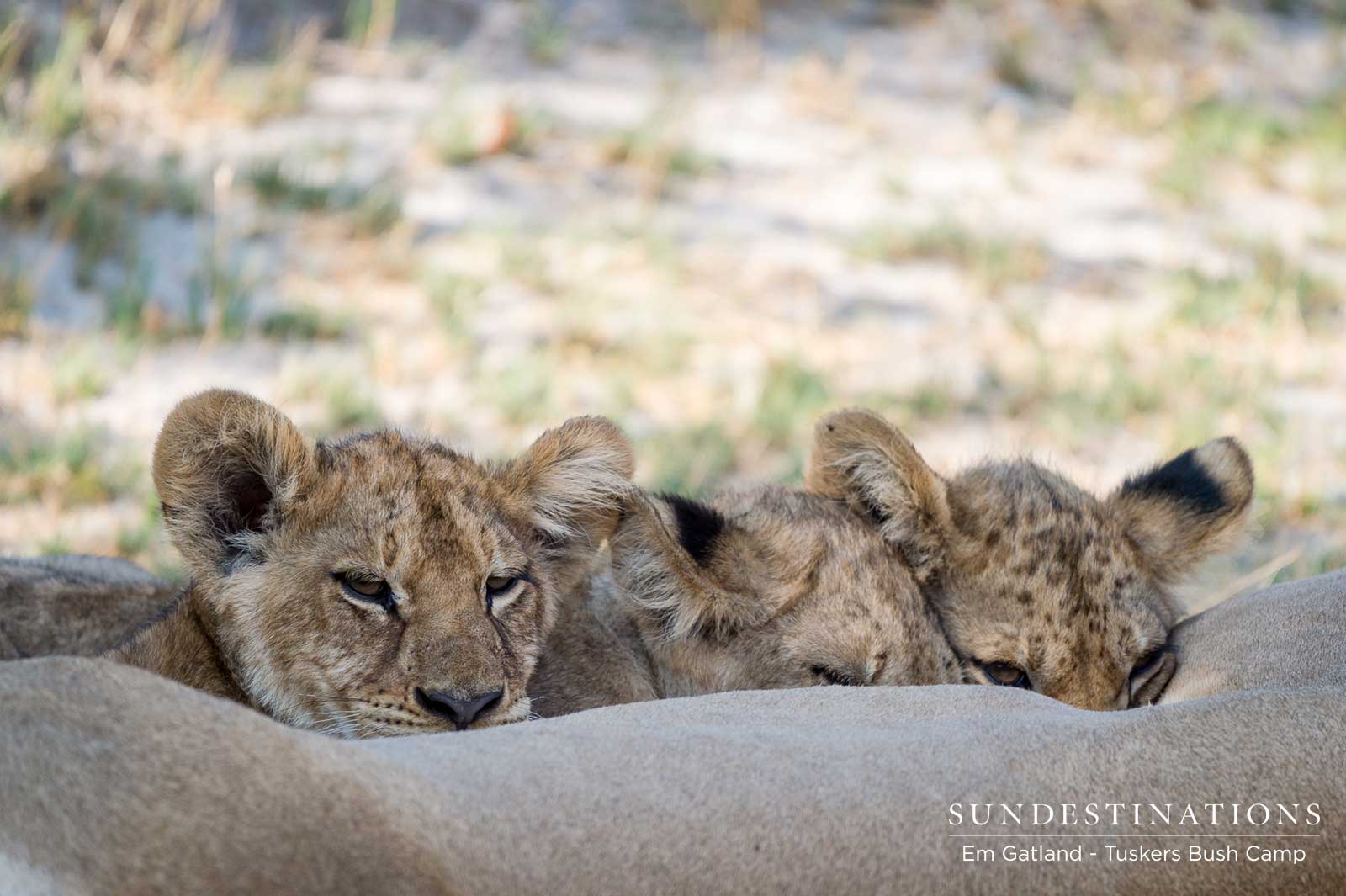
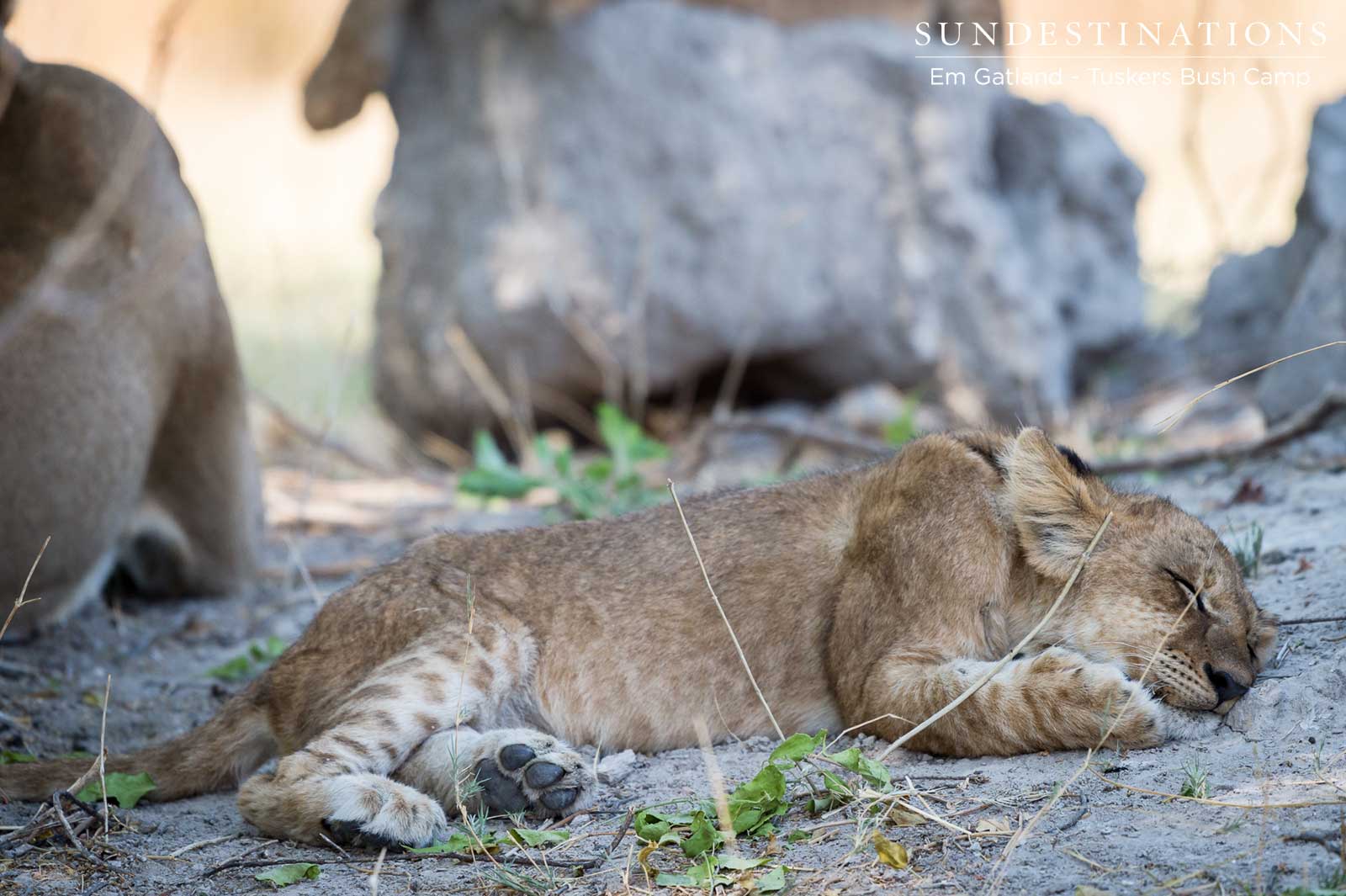
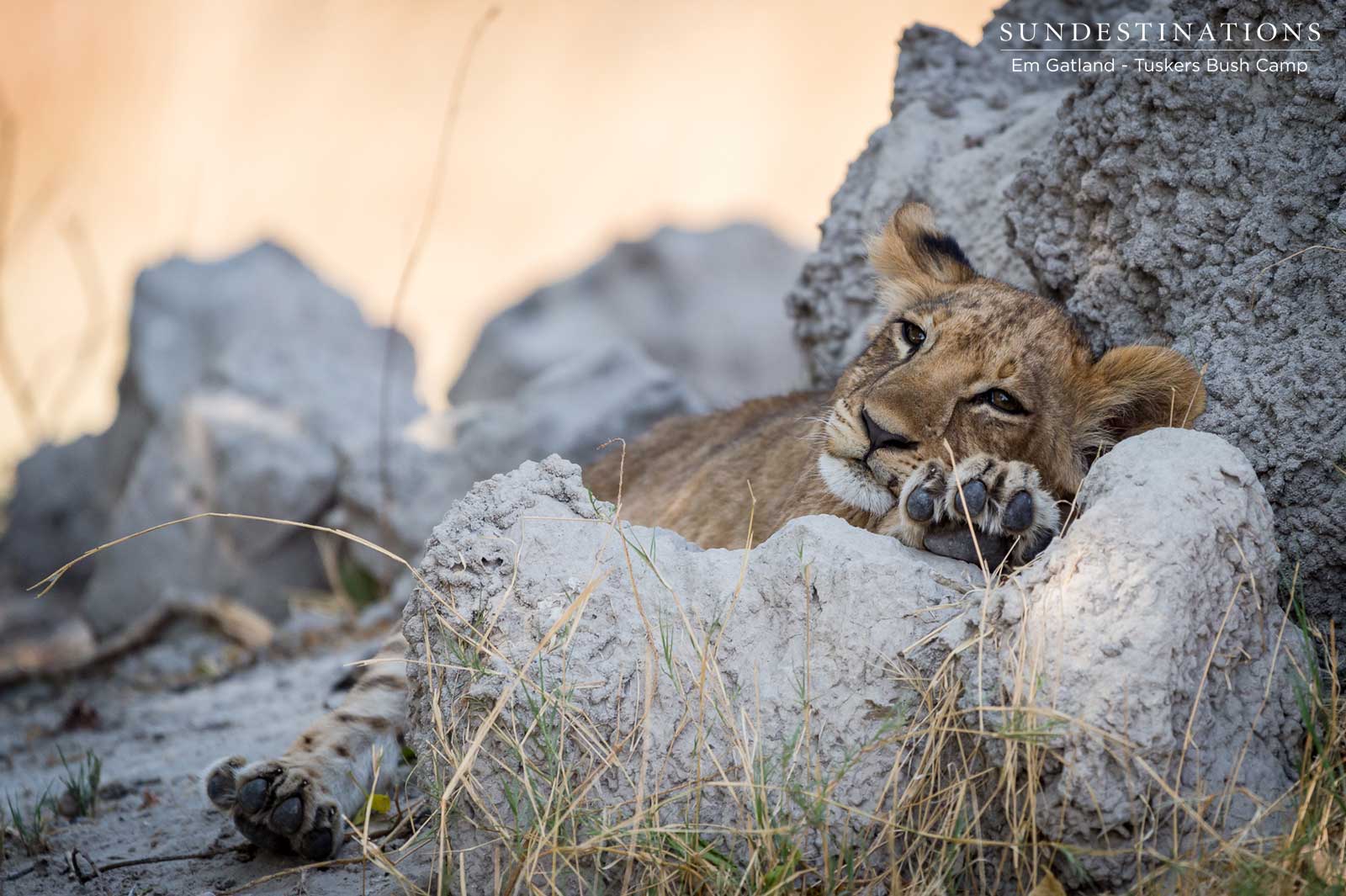
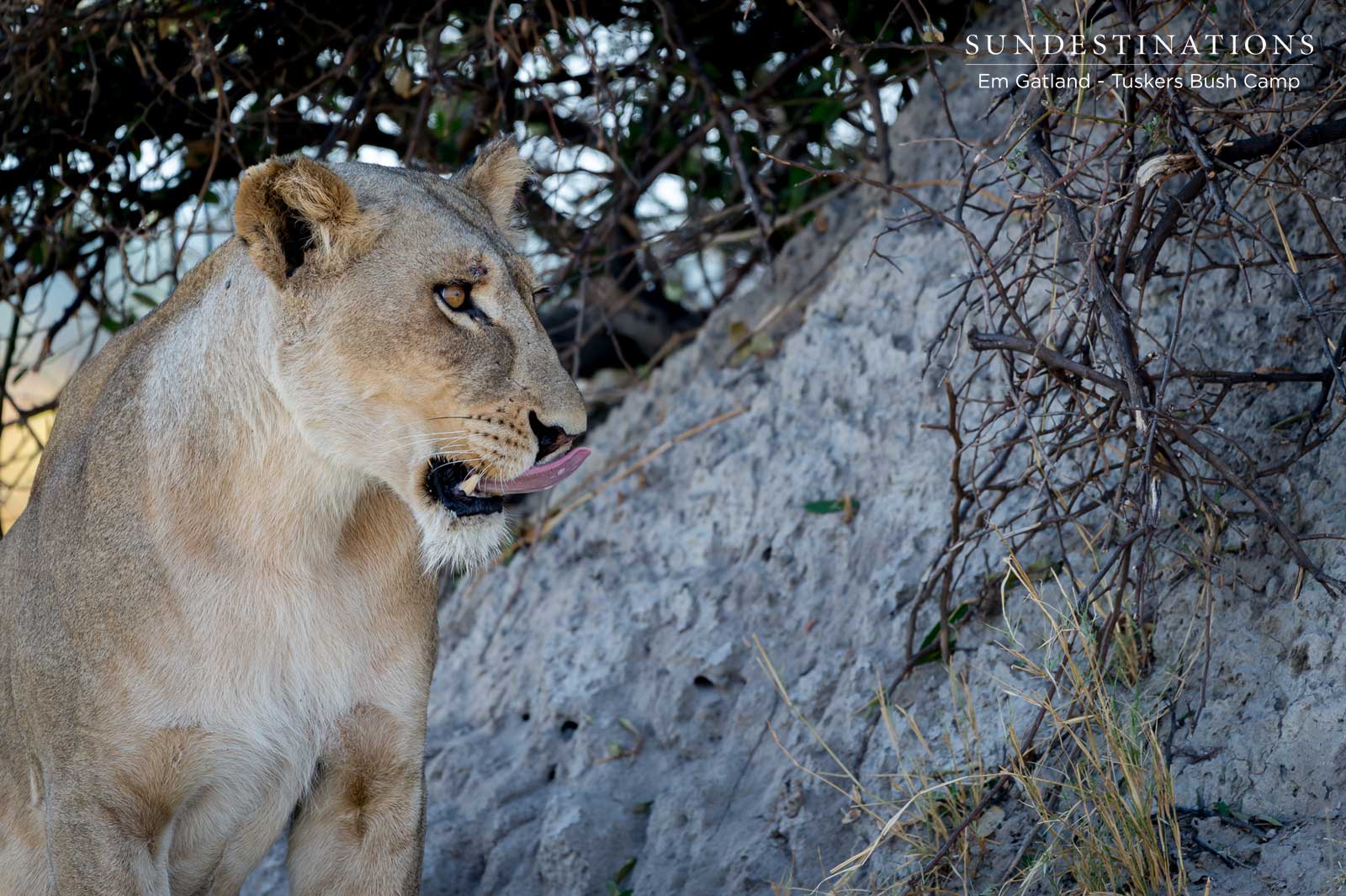
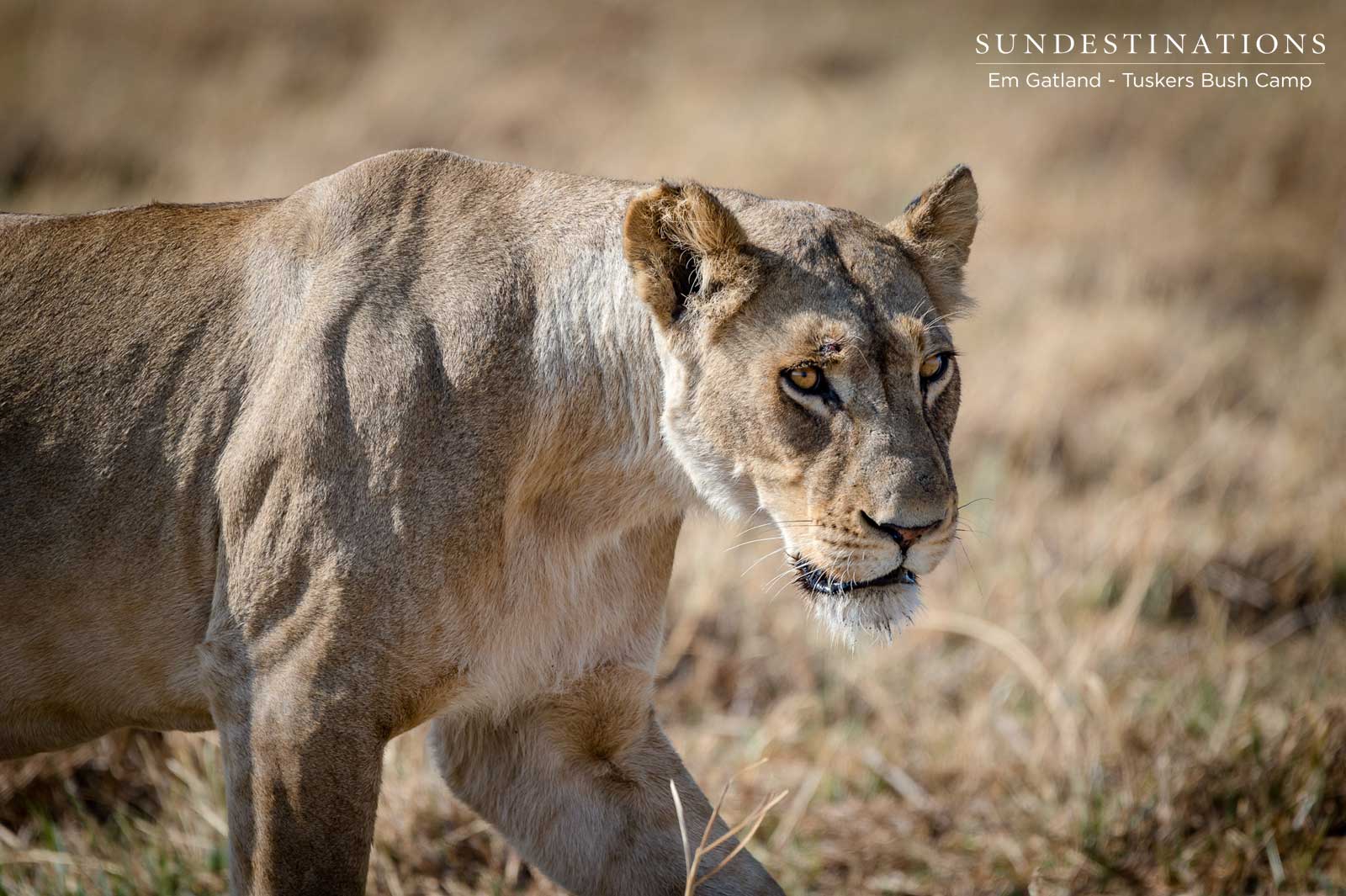
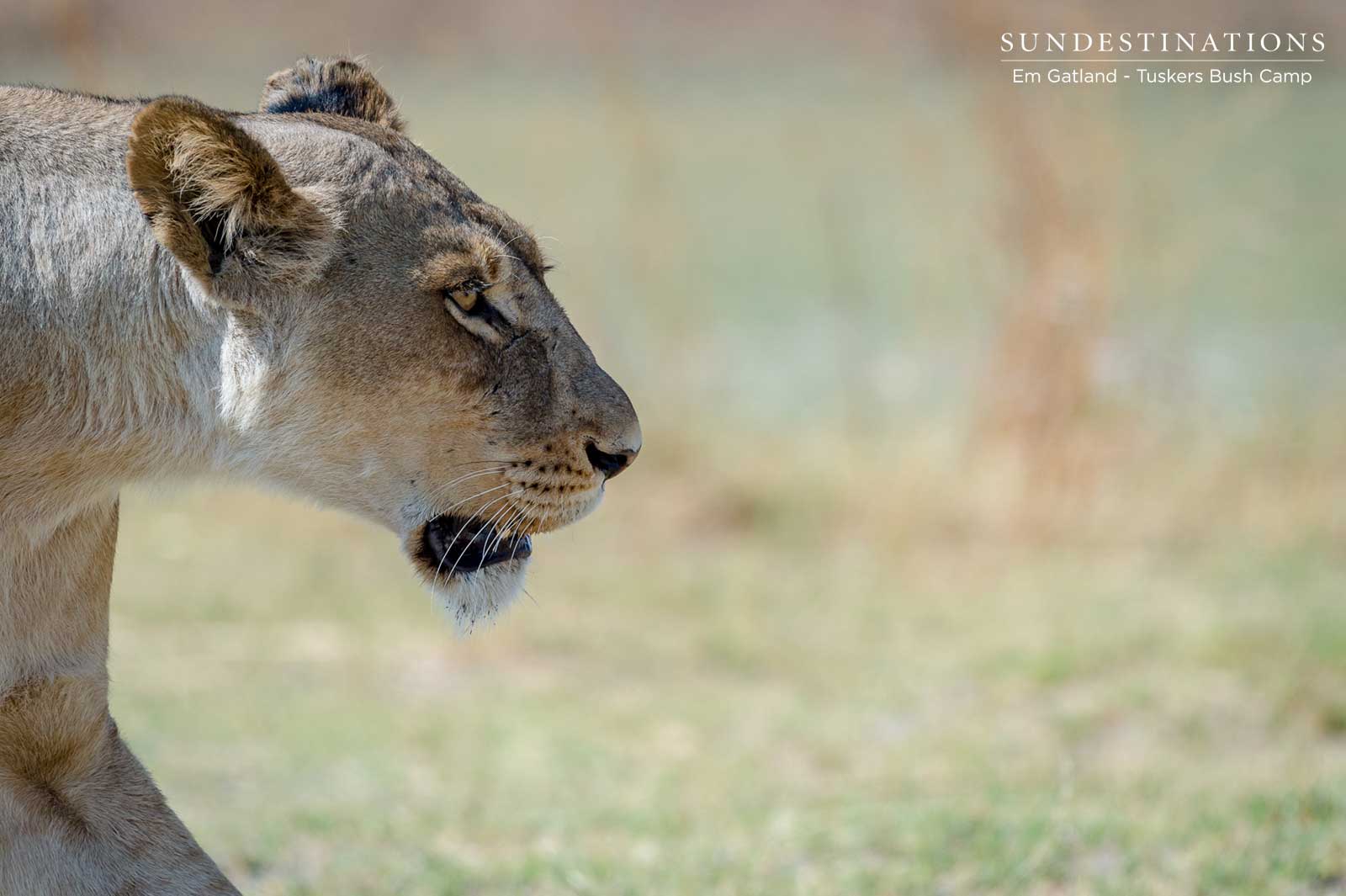
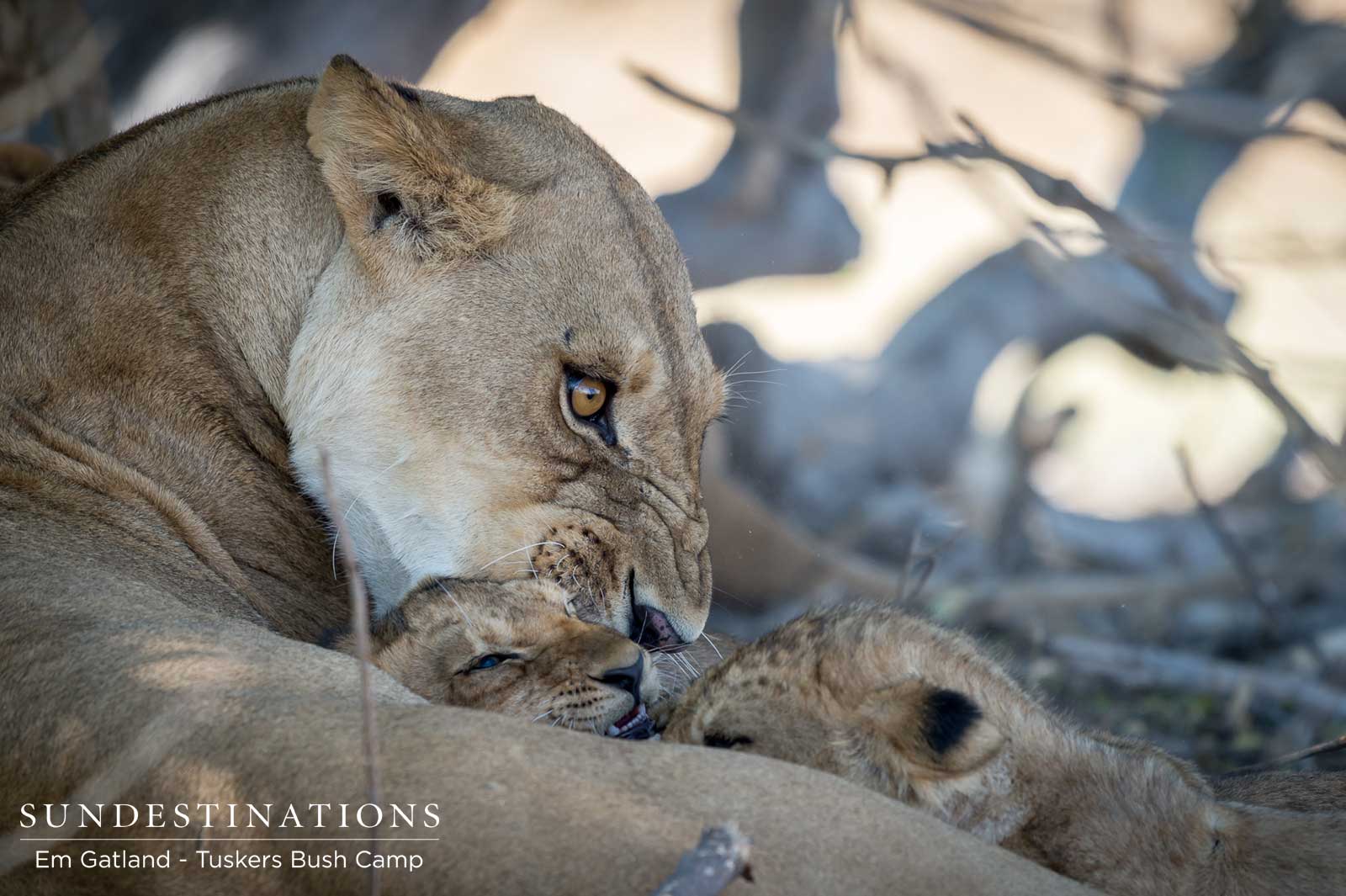
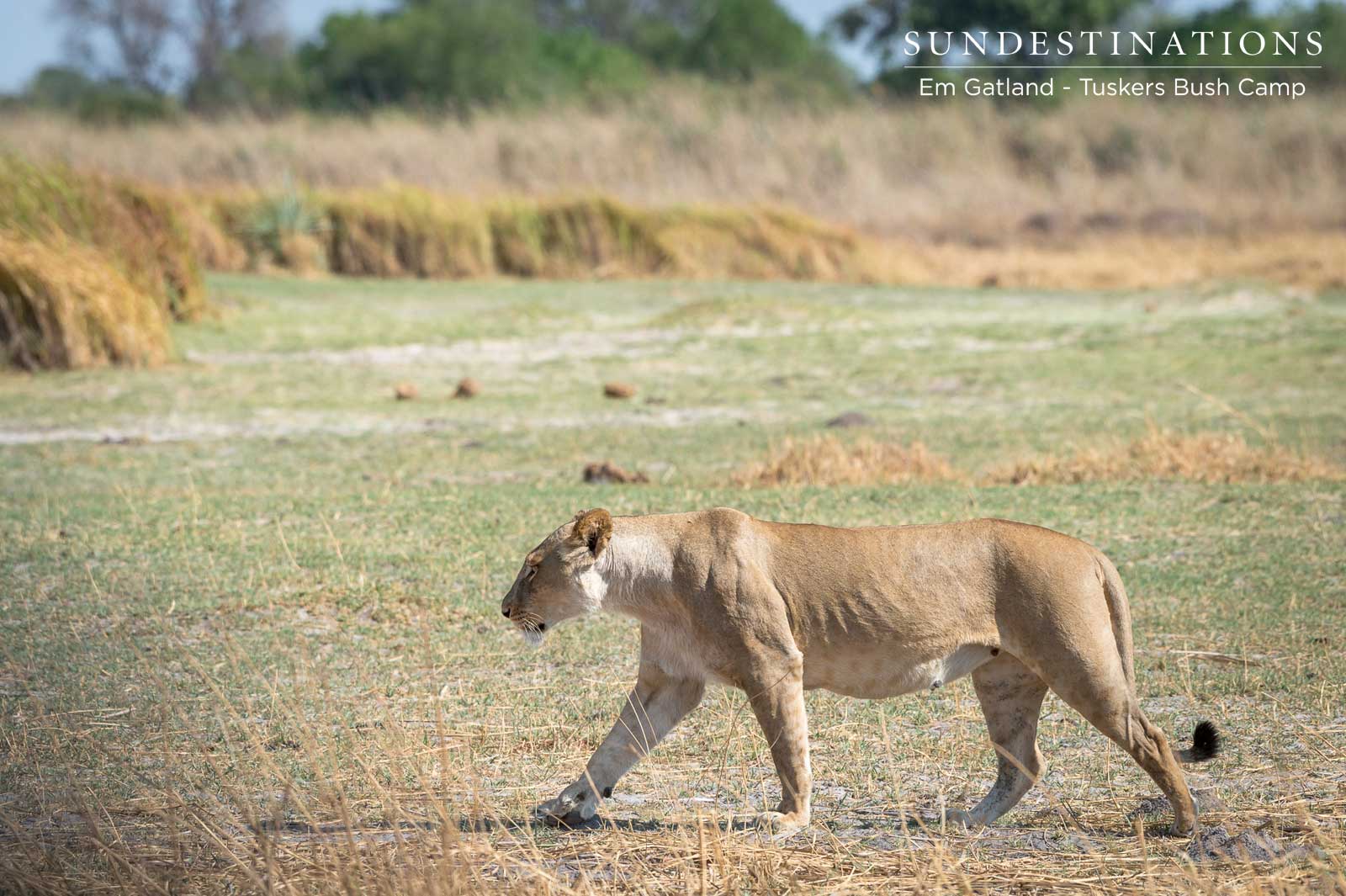
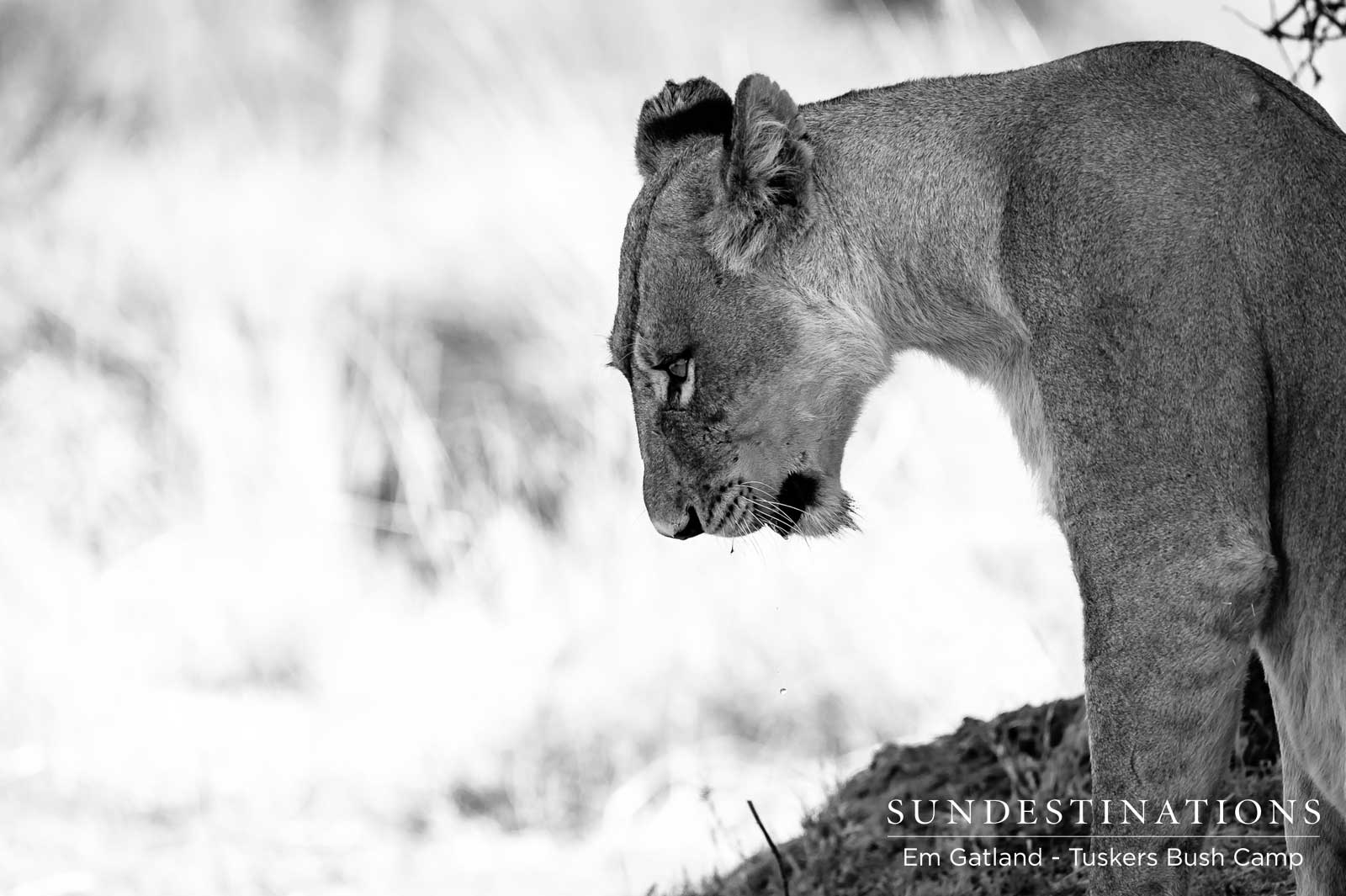
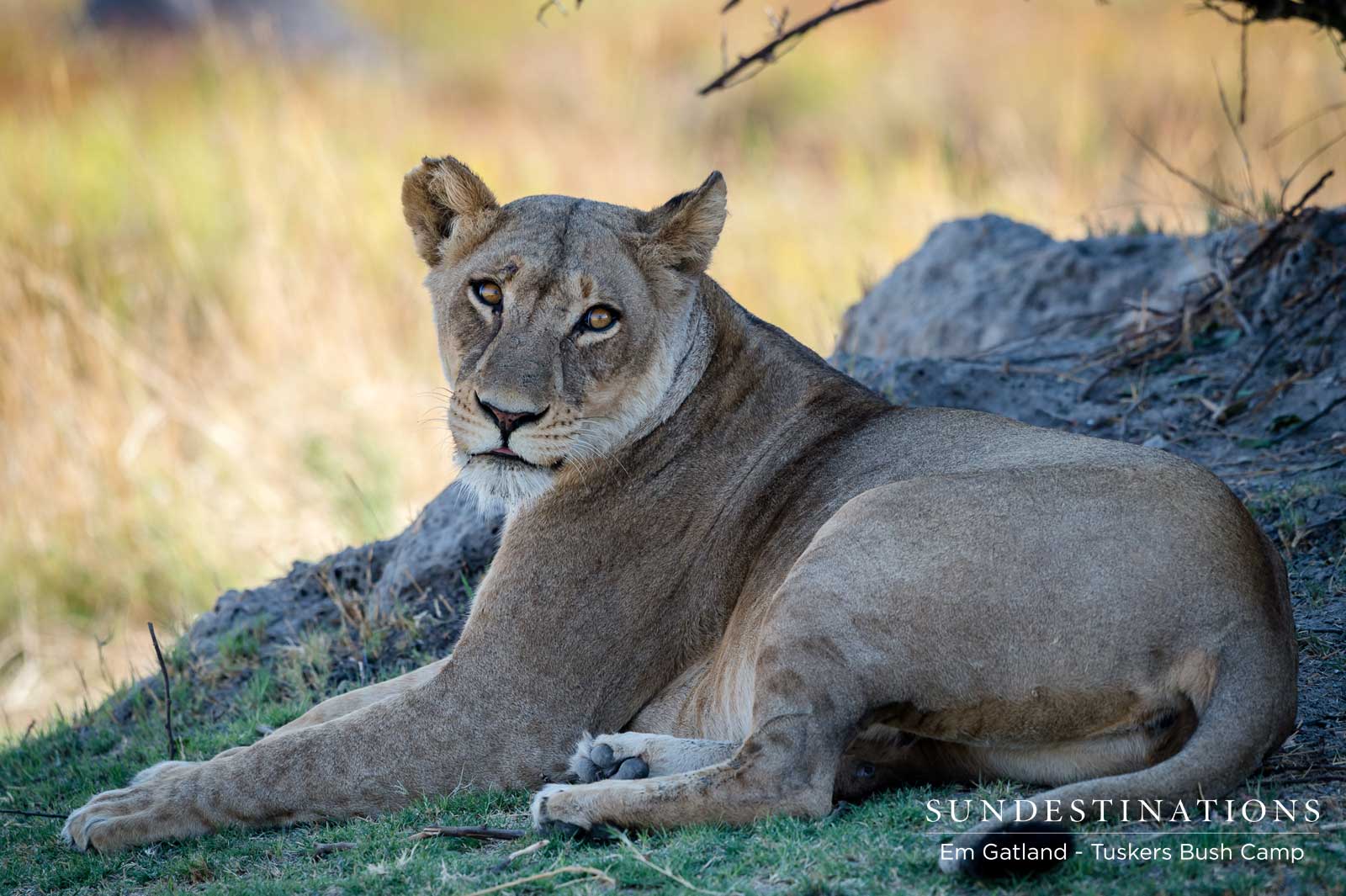
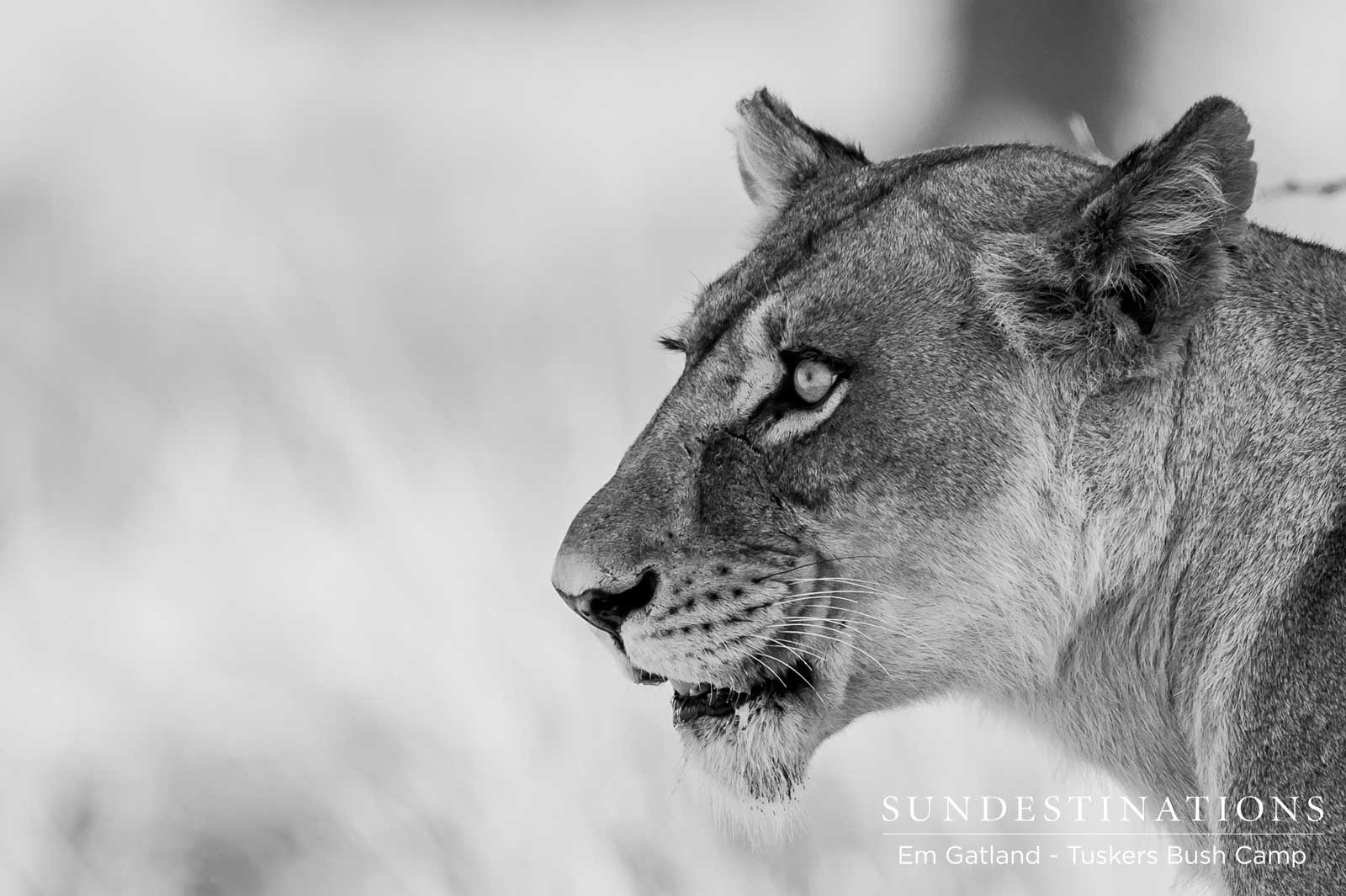
Leave a Comment